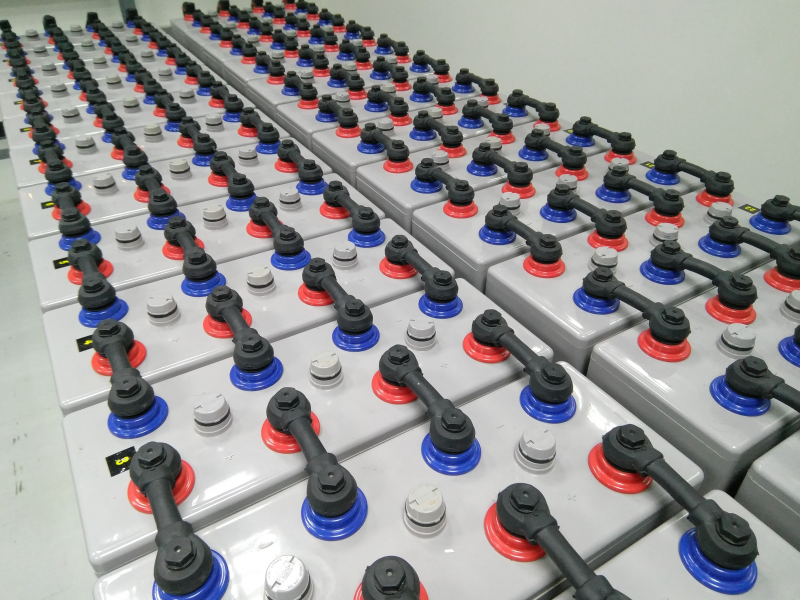Analyzing a short circuit fault in lead-acid batteries involves identifying the cause and assessing the impact on the battery and surrounding equipment.
- Identifying Symptoms:
- Signs of a short circuit may include sudden loss of power, overheating, smoking, or melting of battery terminals or cables.
- Visual inspection may reveal burnt or damaged components, such as wires, terminals, or nearby insulation.
- Isolation:
- Immediately disconnect power sources and isolate the battery to prevent further damage or safety hazards.
- Ensure the area is well-ventilated and clear of flammable materials in case of overheating or off-gassing.
- Root Cause Analysis:
- Determine the cause of the short circuit, which could include physical damage, corrosion, loose connections, or insulation failure.
- Inspect battery terminals, cables, and connections for signs of damage, corrosion, or improper installation.
- Investigate external factors such as environmental conditions, mechanical stress, or electrical overloads that may have contributed to the fault.
- Assessment of Damage:
- Evaluate the extent of damage to the battery, surrounding equipment, and any connected devices.
- Check for internal damage such as shorted cells, warped plates, or electrolyte leakage.
- Assess the condition of cables, connectors, and electrical components for heat damage or insulation breakdown.
- Repair or Replacement:
- Depending on the severity of the fault and the extent of damage, decide whether repair or replacement is necessary.
- Repair damaged cables, terminals, or connections as needed, ensuring proper insulation and secure fastening.
- Replace irreparably damaged components or batteries to restore safe operation.
- Preventive Measures:
- Implement preventive measures to reduce the risk of future short circuits, such as regular maintenance, proper installation, and monitoring of battery condition.
- Ensure cables and connections are adequately sized and rated for the application to minimize heat buildup and voltage drops.
- Consider using protective devices such as fuses, circuit breakers, or surge suppressors to limit current flow and protect against short circuits.
- Testing and Verification:
- After repairs or replacements, conduct thorough testing to verify proper operation and safety.
- Measure battery voltage, internal resistance, and capacity to ensure performance meets specifications.
- Test system functionality under normal operating conditions to confirm that the short circuit issue has been resolved.
By systematically analyzing the short circuit fault in lead-acid batteries and taking appropriate corrective actions, you can mitigate the risk of damage, ensure safety, and maintain reliable operation of electrical systems.


